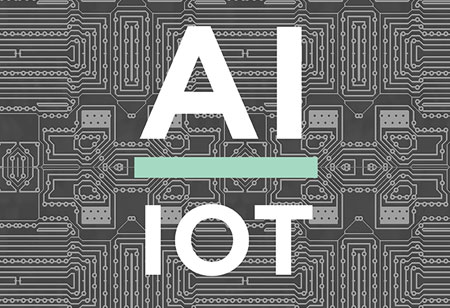THANK YOU FOR SUBSCRIBING
Driving Healthcare Accessibility through Blockchain
The blockchain technology has made its way into the healthcare realm and is beginning to gain traction.

By
Apac CIOOutlook | Thursday, January 01, 1970
Stay ahead of the industry with exclusive feature stories on the top companies, expert insights and the latest news delivered straight to your inbox. Subscribe today.
The blockchain technology has made its way into the healthcare realm and is beginning to gain traction. The unique distributed ledger technology is likely to restructure the way healthcare payers and providers perform financially. With the ability to automate manual practices, such as the validation of payer-provider contracts and member authentication, blockchain can increase the processing times swiftly to cut down operating costs.
On a broader perspective, blockchain enables better transparency and minimize the errors in areas suchlike billing and prescriptions. The encryption in blockchain networks, with its decentralized data model and the permissions that avert data tampering and illicit access promise to tighten security. Blockchain when applied to patient data secures the data-sharing capabilities across multiple providers, thereby helping practitioners to improve diagnoses and their treatment methods by giving physicians the ability to access patient’s complete medical history. Blockchain can also make possible spot insurance for the underserved populations, replacing the legacy claims process with smart contracts that enable auto-payouts.
Few healthcare centers have already started embracing blockchain technology. The medical practitioners, patients, and other service providers within the industry see blockchain as an opportunity to connect with one another directly across the globe. Blockchain tackles the geographical barrier in the healthcare arena and provides a secure means to share information among providers for first-class medical services.
All in all, blockchain technology is the network infrastructure that largely reduces costs by streamlining the process of accessing and updating provider data, other relevant credentials and certifications, without looking upon a third-party validator.





